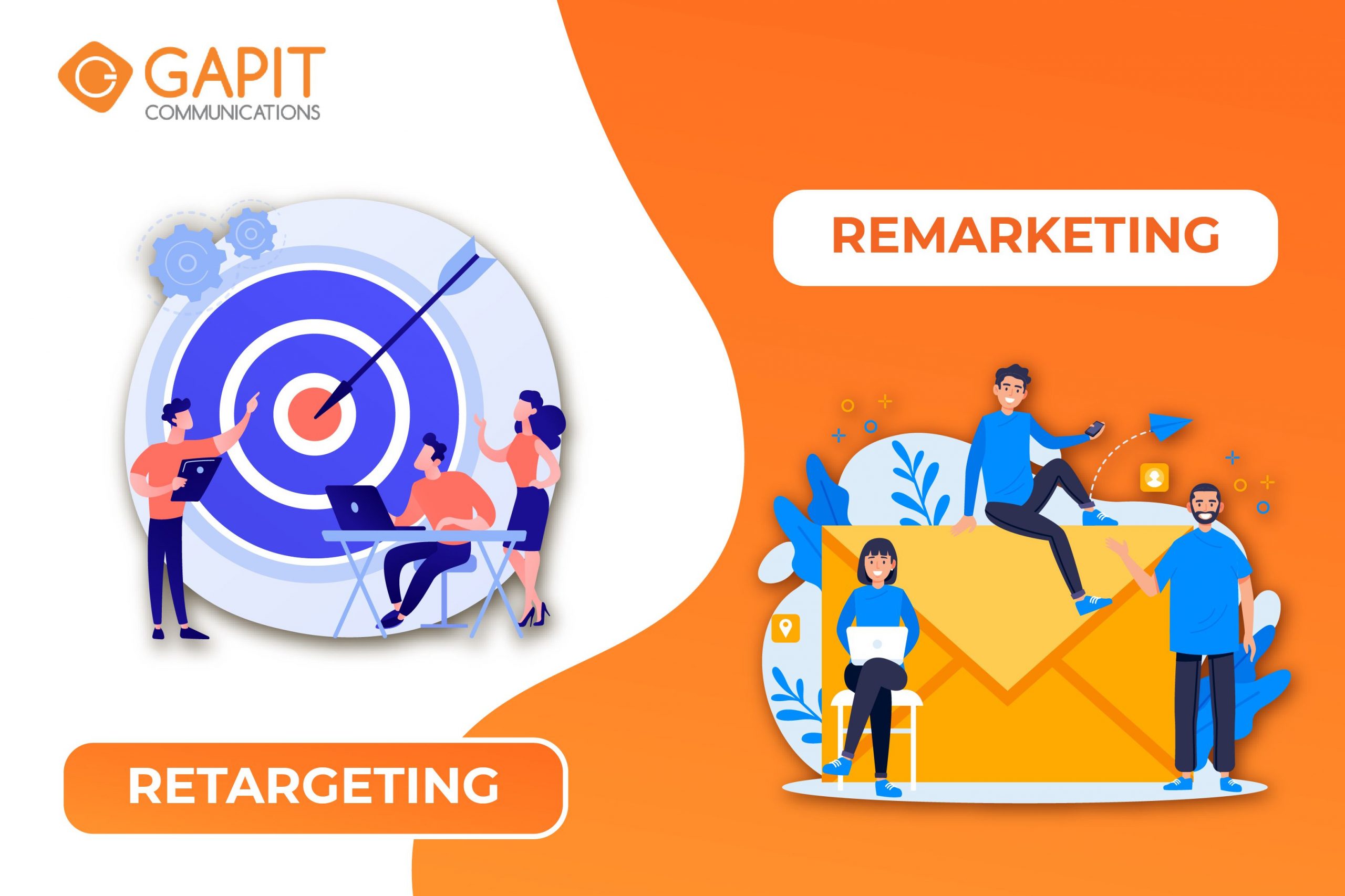Amidst economic turmoil, the utilization of marketing tactics becomes increasingly pivotal, with Retargeting and Remarketing emerging as two prominent strategies in the marketer’s arsenal. Yet, the distinction between these two methodologies often remains nebulous, leaving many perplexed about their practical implementation. Therefore, we will delve into the intricate differences between Retargeting and Remarketing in the following article.
Overview of Retargeting and Remarketing
Prior to dissecting the nuances, it is paramount for both enterprises and marketers to cultivate a thorough comprehension of the twin concepts of Retargeting and Remarketing.
What is Remarketing?
Remarketing encapsulates the strategic endeavor of collecting pertinent data from customer engagements. This data is then leveraged to orchestrate precision-targeted messaging initiatives aimed at rekindling customer interest. Through meticulously crafted campaigns, businesses aim to reignite customer engagement, mitigating instances of cart abandonment or incomplete customer journeys.
What is Retargeting?
Retargeting constitutes a marketing campaign designed to rekindle and reinforce brand recall among customers who have previously visited, interacted with, or been exposed to advertisements from a business. Through this mechanism, businesses aim to reignite customer interest, thereby stimulating continued purchasing behavior and generating revenue streams for the enterprise.
Why should businesses implement Remarketing and Retargeting strategies?
Based on statistical data, a substantial 70% of customers exhibit the behavior of adding products from a brand to their shopping carts, only to halt short of completing the purchase, with some opting to abandon their carts altogether. Furthermore, an overwhelming 98% of visitors to a business’s digital platforms—be it websites, landing pages, or social media,… —seem to depart without engaging in any discernible interaction.
This phenomenon underscores a considerable gap between mere website visitors and those who ultimately convert into paying customers. Consequently, to optimize ROI (Return on Investment), enterprises must undertake strategic marketing initiatives geared towards driving customer engagement in purchase activities and maximizing revenue generation for the brand’s overarching business goals. Among the diverse array of methodologies at their disposal, Retargeting and Remarketing stand out as the most apt strategies to facilitate the realization of these objectives.
Distinguish between Retargeting and Remarketing
Distinguishing between Retargeting and Remarketing can be effortlessly accomplished through the examination of the four key factors outlined below.
While Retargeting and Remarketing are frequently utilized interchangeably, they do not represent identical concepts. Hence, in order for businesses to discern the appropriate contexts for each strategy, it becomes imperative to differentiate between the two.
1. Target audience
- Remarketing is tailored towards customers who have willingly provided their information. This strategy operates by leveraging this data to engage customers directly, thereby stimulating purchasing interest, cross-selling, and upselling opportunities. One of the primary methods employed in Remarketing is reminding customers about abandoned carts through email reminders and push notifications.
- Meanwhile, the scope of Retargeting extends to a wider audience. It encompasses any customer who has previously interacted with the business, regardless of the scale of engagement—be it visiting the website, reacting to content, scrolling through pages, or executing various actions. Businesses retain the cookie history of these interactions to facilitate Retargeting efforts. The most prevalent platforms for Retargeting are typically observed to be Google and Facebook.
2. Deployment channels
Remarketing predominantly leverages email campaigns and web push notifications as direct avenues for engaging with customers. In contrast, Retargeting strategies center around targeted advertising efforts, ensuring frequent visibility across channels commonly accessed by customers. To effectively implement these approaches, businesses must grasp the intricacies of the customer journey and adopt a holistic understanding of the omnichannel customer experience. This enables them to pinpoint potential touchpoints and craft tailored strategies that resonate with their audience
3. Deployment objectives
- The primary aim of Retargeting is to bolster brand retention and catalyze transactions. Within the realm of Retargeting, businesses strive for customers to recall their brand or to engage with “follow-up” advertisements.
- On the contrary, Remarketing places a strong emphasis on financial outcomes. Through various means, Remarketing endeavors to stimulate customer purchases while reducing the incidence of abandoned orders. The success of Remarketing campaigns is directly gauged by the tangible increase in revenue generated as a result of these efforts.
4. Resource utilization
In the realm of marketing tactics, Remarketing primarily relies on first-party data—information directly supplied by customers to the business. Conversely, Retargeting adopts a broader approach, tapping into a diverse array of information sources. The data utilized in Retargeting strategies encompasses not only first-party data but also second-party data shared by partners, as well as third-party data sourced externally.
The aforementioned points outline a clear distinction between Retargeting and Remarketing. Hopefully this article has provided valuable insights to assist your business in its marketing growth and revenue augmentation. Should your enterprise seek to delve deeper into Omni-channel Marketing Automation, contact us for tailored guidance from leading experts to stay abreast of the latest 5.0 Marketing trends.


